Fetal Malpresentation
Article Sections
Introduction
A successful spontaneous vaginal delivery depends on three factors: power (ie, uterine contractions), passenger (ie, fetus), and the maternal pelvis. Ideally, the fetus is positioned head down to successfully perform the cardinal movements of labor as it navigates through the maternal bony pelvis (the fixed, unchanging variable in labor). However, a number of factors can lead to fetal malpresentation, which is any fetal position that is not ideal for transport through the pelvis.
Key definitions- Presentation: The presentation is the fetal part overlying the maternal cervix (eg, cephalic, breech).
- Position (Figure 1): Position is the orientation of the presenting part to the maternal pelvis (eg, occiput anterior or posterior, sacrum anterior or posterior).
- Lie: Lie is the relation of the fetal long axis (ie, spine) relative to the uterine longitudinal axis (eg, longitudinal [includes breech, cephalic presentations], transverse, oblique).
Continue Learning with UWorld
Get the full Fetal Malpresentation article plus rich visuals, real-world cases, and in-depth insights from medical experts, all available through the UWorld Medical Library.
Figures
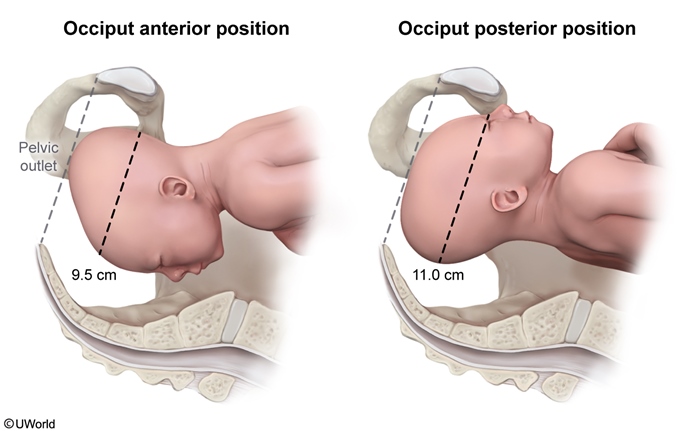
Figure 1
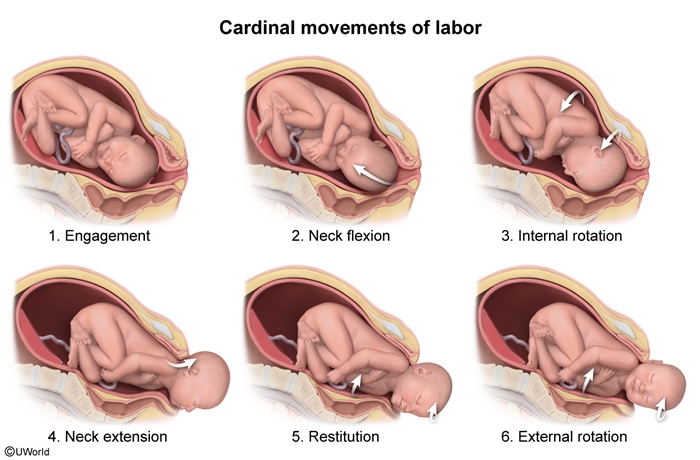
Figure 2

Figure 3
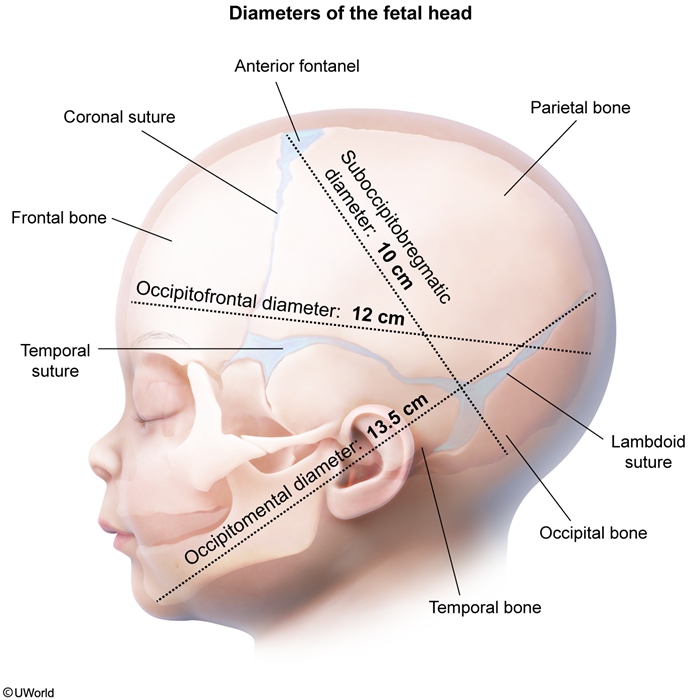
Figure 4
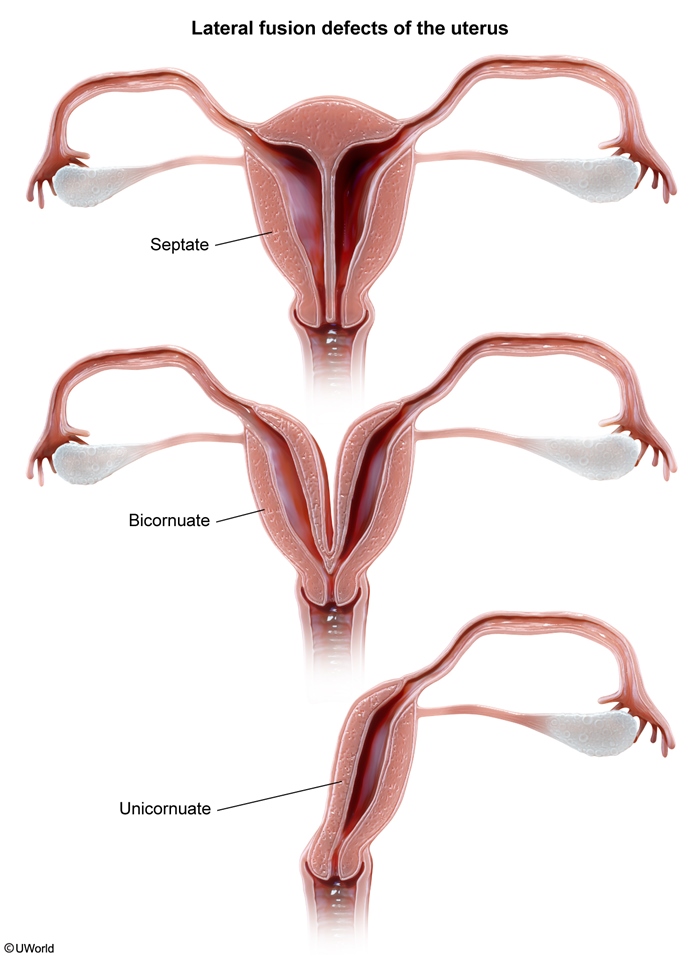
Figure 5
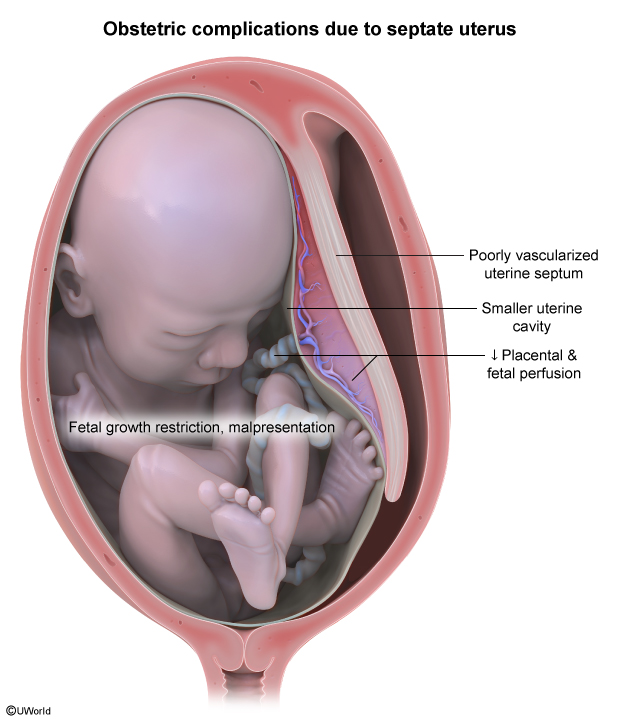
Figure 6